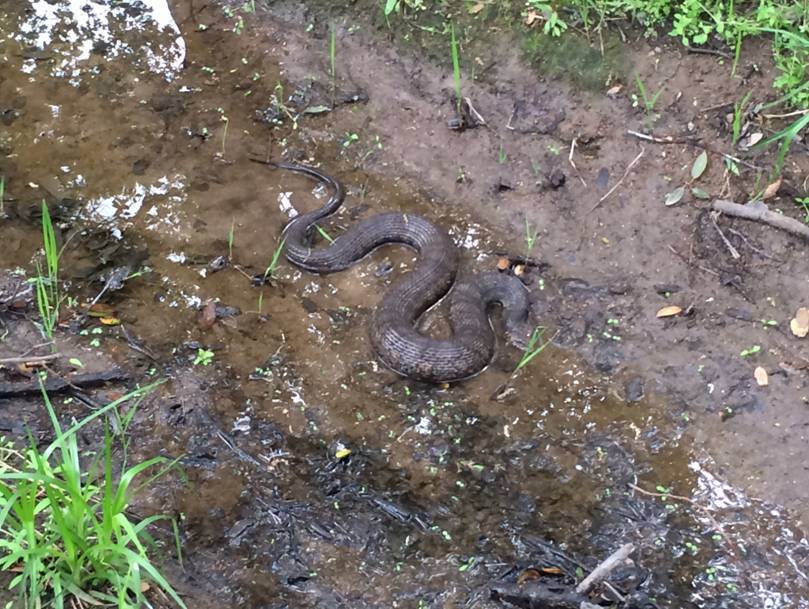Sacramento Metro Fire Captain Randy Gross was about to lead News10 on a tour of the American River and it’s potential dangers when a call for an injury at a rope swing suddenly sent his four-man crew of Rescue Boat 65 into action.
“The rope swing’s a very popular spot. We go there probably every weekend for a call,” Gross said. “Just last Sunday, we went for a pretty severe fracture of the arm.”
In minutes, his low-draft rescue boat is skimming the water at nearly 40 miles an hour, as his engineer deftly dodges rafts, kayaks and swimmers.
“People are adventurous. They want to try things that aren’t the smartest thing to do,” Gross said. “And here’s a perfect example, 21-year-old male who had not had anything to drink.”
The man lost his grip on the rope swing, plunging onto the river bank and nearly slipping into the water before a friend was able to pull him back.
“If somebody wasn’t there and he would have slid off into the water, even though it seems pretty calm, he could be gone – they’re not going to find him,” Gross said.
The young man was clearly in shock, but resisted having a C-spine neck collar put on. Firefighters left it off, explaining that trying to force one on can do more harm.
“Not exactly knowing what’s going on, we provide whatever care we can,” Gross explained, pointing out the man does not seem to have head or next injuries. But, internal injuries are not yet ruled out.
“Very tough impact. And we don’t know what kind of impact on him for the next month or the rest of his life,” Gross explained.
In minutes, the young man is taken across the river to a waiting ambulance for a trip to the emergency room.
“This river is extremely dangerous,” Gross reflects. “Snags, slips, people hitting their head — it just takes your ankle getting twisted with the force of the water against it and, you know, you’re gone.”
More at News10.net >>>

